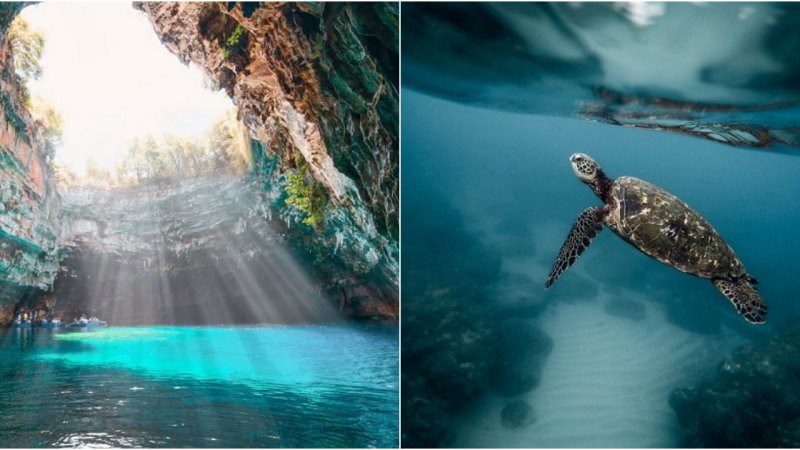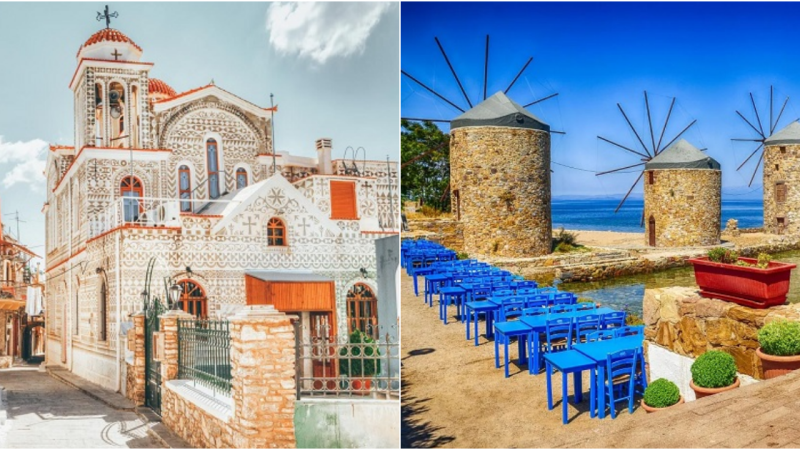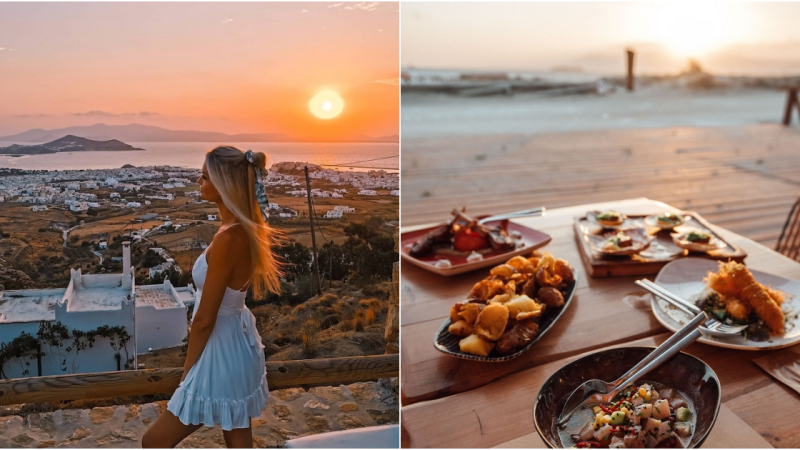Exploring the Enchanting Grass-Roofed Houses of the Faroe Islands
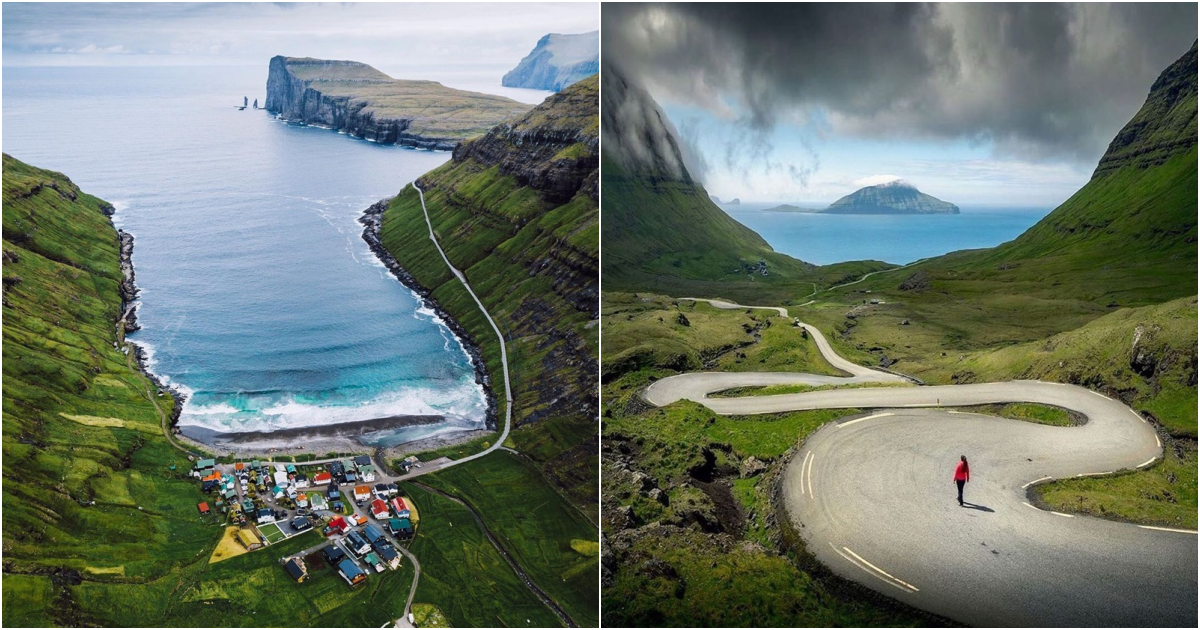
Nestled in the North Atlantic between Norway and Iceland lies the Faroe Islands, a tranquil archipelago boasting untouched beauty and poetic grass-roofed houses. Though often overshadowed by popular tourist destinations, the Faroe Islands have captured the hearts of many as a serene escape from the uncertainties of the world. The picturesque landscape, adorned with lush greenery blending seamlessly with quaint settlements, is home to unique grass-roofed houses that add to the island’s charm. Let’s delve into the captivating world of these one-of-a-kind structures and discover the fascinating story behind their existence.

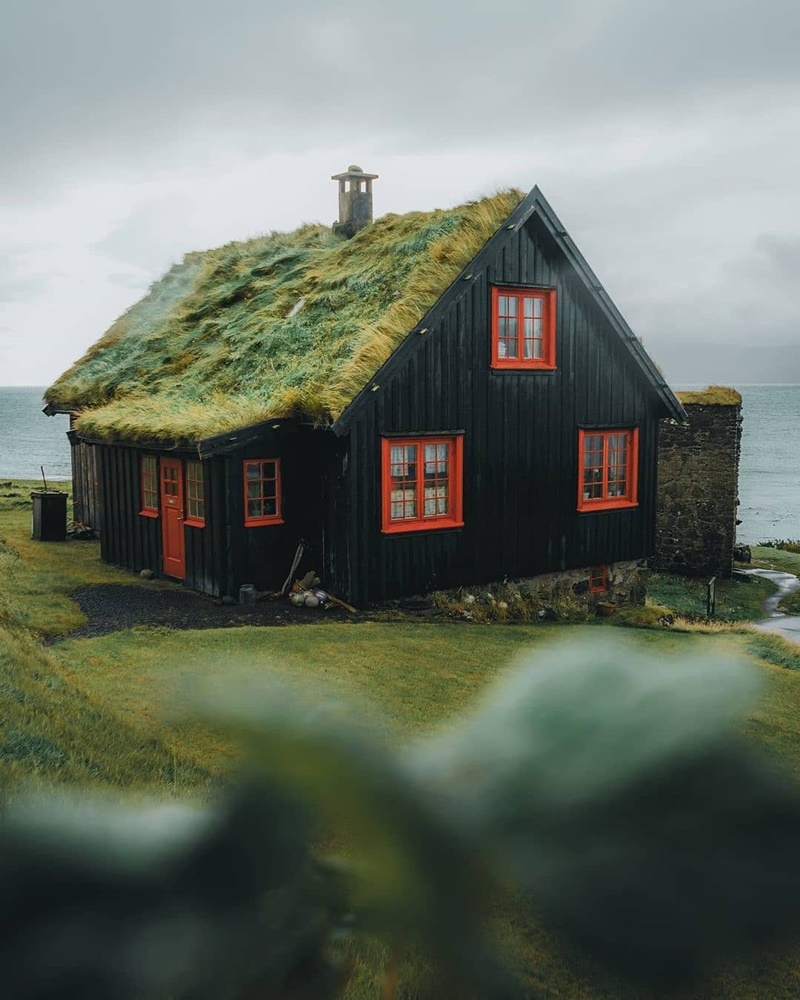 From afar, these houses may appear abandoned, their roofs blanketed by wild grass; however, they are actually a distinctive architectural feature unique to the Faroe Islands. Enduring around 300 rainy days each year, the residents ingeniously use grass as a protective shield against heavy downpours. These roofs are further fortified with a layer of birch bark and heather, providing insulation that keeps the interior comfortably cool throughout the year.
From afar, these houses may appear abandoned, their roofs blanketed by wild grass; however, they are actually a distinctive architectural feature unique to the Faroe Islands. Enduring around 300 rainy days each year, the residents ingeniously use grass as a protective shield against heavy downpours. These roofs are further fortified with a layer of birch bark and heather, providing insulation that keeps the interior comfortably cool throughout the year.In the 18th century, the introduction of modern roofing materials like tiles and metal threatened the age-old tradition of grass-roofed houses. However, the elder generations quickly propagated the significance of preserving their indigenous cultural beauty. Various projects, including mountain dwellings, guesthouses, and museums, have adopted grass-roofed designs to maintain this historic architectural style from prehistoric times.
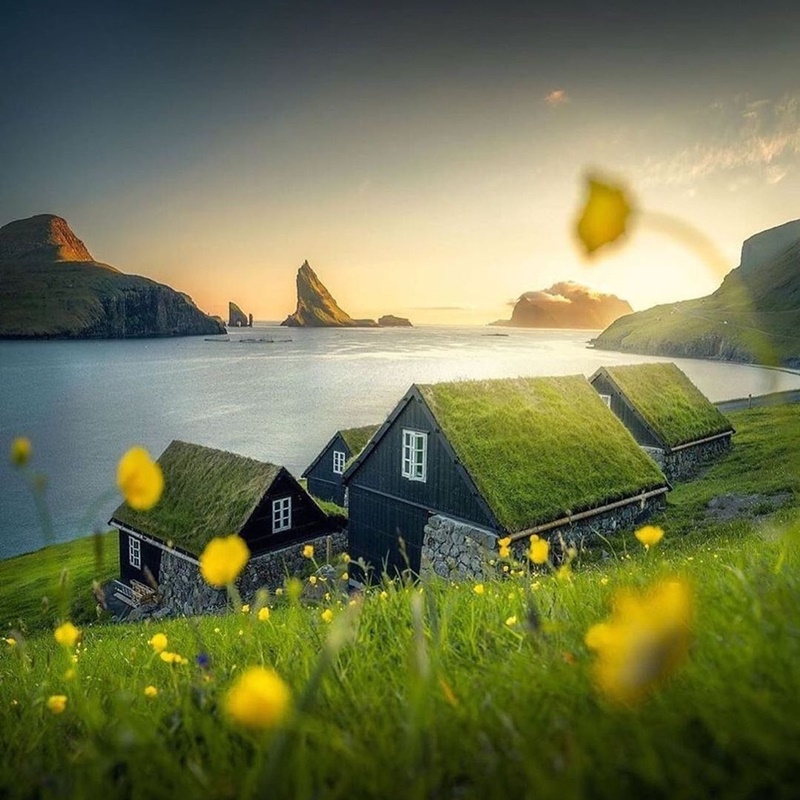 Creating a grass-roofed house is a labor-intensive process, demanding expertise in construction and ensuring the roof remains resilient to heavy rain. The grass, harvested from fog-covered fields or grasslands, is carefully cultivated on-site, with a layer of approximately 7.5 cm laid on a birch bark foundation. Regular trimming and pruning are necessary to keep the roofs aesthetically pleasing, especially during the blooming season.
Creating a grass-roofed house is a labor-intensive process, demanding expertise in construction and ensuring the roof remains resilient to heavy rain. The grass, harvested from fog-covered fields or grasslands, is carefully cultivated on-site, with a layer of approximately 7.5 cm laid on a birch bark foundation. Regular trimming and pruning are necessary to keep the roofs aesthetically pleasing, especially during the blooming season.Today, the tradition of grass-roofed houses continues to thrive alongside modern architectural practices in the Faroe Islands. Visitors are encouraged to immerse themselves in the unique experience of staying in one of these charming grass-roofed homes, embracing the island’s pristine air and cool, refreshing climate.
 The Faroe Islands, with their enchanting grass-roofed houses, offer travelers a rare opportunity to step into a world where nature and human ingenuity coexist harmoniously. As these unique structures stand as a testament to time-honored traditions, a visit to this remarkable archipelago promises an unforgettable journey filled with tranquility, serenity, and an appreciation for the beauty of untouched landscapes and cultural heritage.
The Faroe Islands, with their enchanting grass-roofed houses, offer travelers a rare opportunity to step into a world where nature and human ingenuity coexist harmoniously. As these unique structures stand as a testament to time-honored traditions, a visit to this remarkable archipelago promises an unforgettable journey filled with tranquility, serenity, and an appreciation for the beauty of untouched landscapes and cultural heritage.

